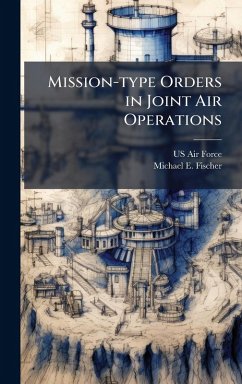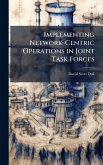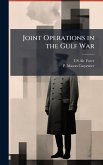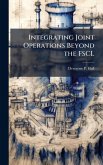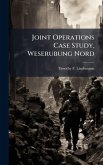The Air Force's current doctrinal maxims of centralized control and decentralized execution have the potential to produce over centralized planning at the theater air operations center (AOC); the result of this tendency is a cumbersome air tasking order (ATO) and a campaign vulnerable to lost communications, information overload, and decapitation. One cure for such problem is the decentralization of tactical planning through the use of mission-type orders at the wing or air task-force level. Mission-type orders include a clear statement of the superior commander's intent and state each unit's tasks in terms of operational effects to be achieved in several days rather than daily targets and aim points. A related problem exists in the horizontal command relationships at the theater level. During Operation Desert Storm, there was friction between some ground commanders and the joint forces air component commander (JFACC) about the issue of air interdiction targeting. When the theater CINC insisted that ground commanders pick air targets and then micromanaged the targeting himself, without providing feedback to these commanders, they frequently blamed the JFACC and his staff for ignoring their targeting nominations. To reassert their influence, they supported the formation of a joint targeting board that had the potential to degrade the JFACC's control of his air interdiction assets. An alternative to such a system is the use of mission-type requests from the ground commander to the air commander couched in terms of desired operational effects over a discrete period of time. This study seeks to answer the question, "If a joint force air commander finds it useful or necessary to operate at the theater level and one level below with mission-type orders or requests, what are the preconditions that must exist in order to make such a partially decentralized command system work?" This work has been selected by scholars as being culturally important, and is part of the knowledge base of civilization as we know it. This work was reproduced from the original artifact, and remains as true to the original work as possible. Therefore, you will see the original copyright references, library stamps (as most of these works have been housed in our most important libraries around the world), and other notations in the work. This work is in the public domain in the United States of America, and possibly other nations. Within the United States, you may freely copy and distribute this work, as no entity (individual or corporate) has a copyright on the body of the work. As a reproduction of a historical artifact, this work may contain missing or blurred pages, poor pictures, errant marks, etc. Scholars believe, and we concur, that this work is important enough to be preserved, reproduced, and made generally available to the public. We appreciate your support of the preservation process, and thank you for being an important part of keeping this knowledge alive and relevant.
Bitte wählen Sie Ihr Anliegen aus.
Rechnungen
Retourenschein anfordern
Bestellstatus
Storno

